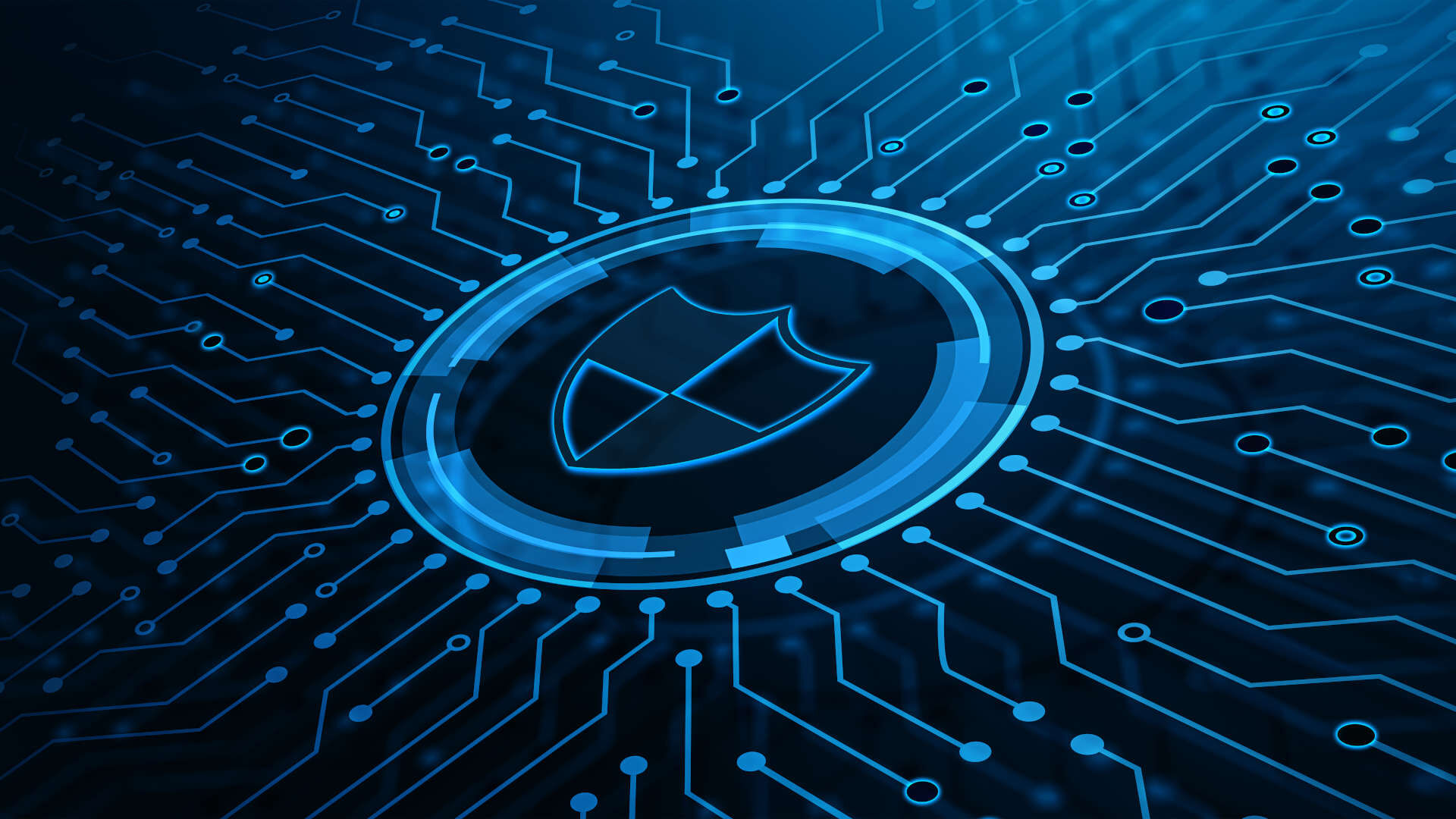
The Internet of Things (IoT) refers to the growing number of internet-connected sensors, devices and systems that can gather data, share information, and be managed remotely. Examples of IoT devices include smart home assistants, wearables, autonomous vehicles, and industrial control systems. Essentially, the IoT comprises devices embedded with connectivity that allow them to send and receive data.
Integrating these connected devices into business infrastructures means companies can unlock transformational gains in efficiency, insights, and automation. Continuous data streaming lays the foundation for optimized workflows, informed decision making, and innovation.
Table of Contents
Key Application Areas
Supply Chain Management
Companies can embed IoT sensors across supply chain assets like production equipment, warehouses, shipping containers and trucks to track locations, conditions, and usage metrics in real-time. This granular visibility enables supply chain teams to identify issues quicker, reduce waste, improve routing, and enhance forecasting. IoT integration allows supply chain managers to gain end-to-end transparency across their global logistics operations.
Physical Security
Interconnected security cameras, motion sensors, smart locks and other monitoring gear can be installed across facilities. Centralized dashboards can then intelligently process this IoT data to identify risks and threats while notifying personnel appropriately. The result is enhanced physical security and workplace safety.
Asset Management
Industrial machinery like conveyor belts, generators and refrigerators can be outfitted with IoT sensors to continually report performance statistics. Instead of intermittent inspections, managers have 24/7 insights into asset health metrics, empowering predictive maintenance programs that minimize downtime.

HR Technology
The Internet of Things is transforming HR departments in order to acquire and retain top talent. HR technology includes things like smart office designs and wearable tech. According to the experts at ISG-one.com, these connected devices are creating more flexible, engaging, and optimized work environments tailored to employee needs and styles. IoT innovations in badges, mobile platforms, sensors, and workplace analytics paint a comprehensive picture of how employees interact with the physical environment and each other, enabling data-backed decisions on new HR programs targeting improved satisfaction, effectiveness, and diversity.
Benefits for Businesses
IoT adoption promises a host of benefits for enterprises across sectors:
- Increased Operational Efficiency: Automating tasks and processes via IoT automation frees up staff resources to focus on higher ROI activities.
- Enhanced Data Insights: Tapping into oceans of highly granular data from connected devices means businesses can derive actionable insights for innovation and planning. IoT data elevates decision making accuracy by removing assumptions and providing definitive visibility.
- Lower Costs: Optimizing workflows and operations reduces waste and electricity usage, leading to significant long-term cost savings. Enterprise budgets benefit immensely from increases in energy efficiency and resource utilization.
- Higher Productivity: IoT integration paves the way for better informed decision making, improved asset utilization and workplace tools tailored for employee effectiveness.
Addressing Potential Hurdles
To fully leverage IoT’s potential, companies must navigate its challenges:
- Data Security: Enterprises must minimize vulnerabilities and cyber risks associated with increasing connected devices through stringent IoT security best practices around access, encryption, and resilience.
- Integration Complexity: Connecting disparate legacy systems with cloud platforms and new data infrastructure can prove technologically challenging. Successful IoT adoption requires IT talent that can seamlessly bridge old and new tech stacks.
- Change Management: Getting staff aligned with and properly trained on new smart workflows enabled by IoT capabilities takes thoughtful leadership. Companies must establish iterative training programs and forums for employee feedback on IoT-driven transformation.
Conclusion
With people-centric design principles guiding adoption, the Internet of Things offers immense opportunities for enterprises to gain competitive advantages and propel progress. Ultimately, IoT success requires both technological proficiency as well as leadership competence in bridging digital transformation with an empowered, motivated workforce.
